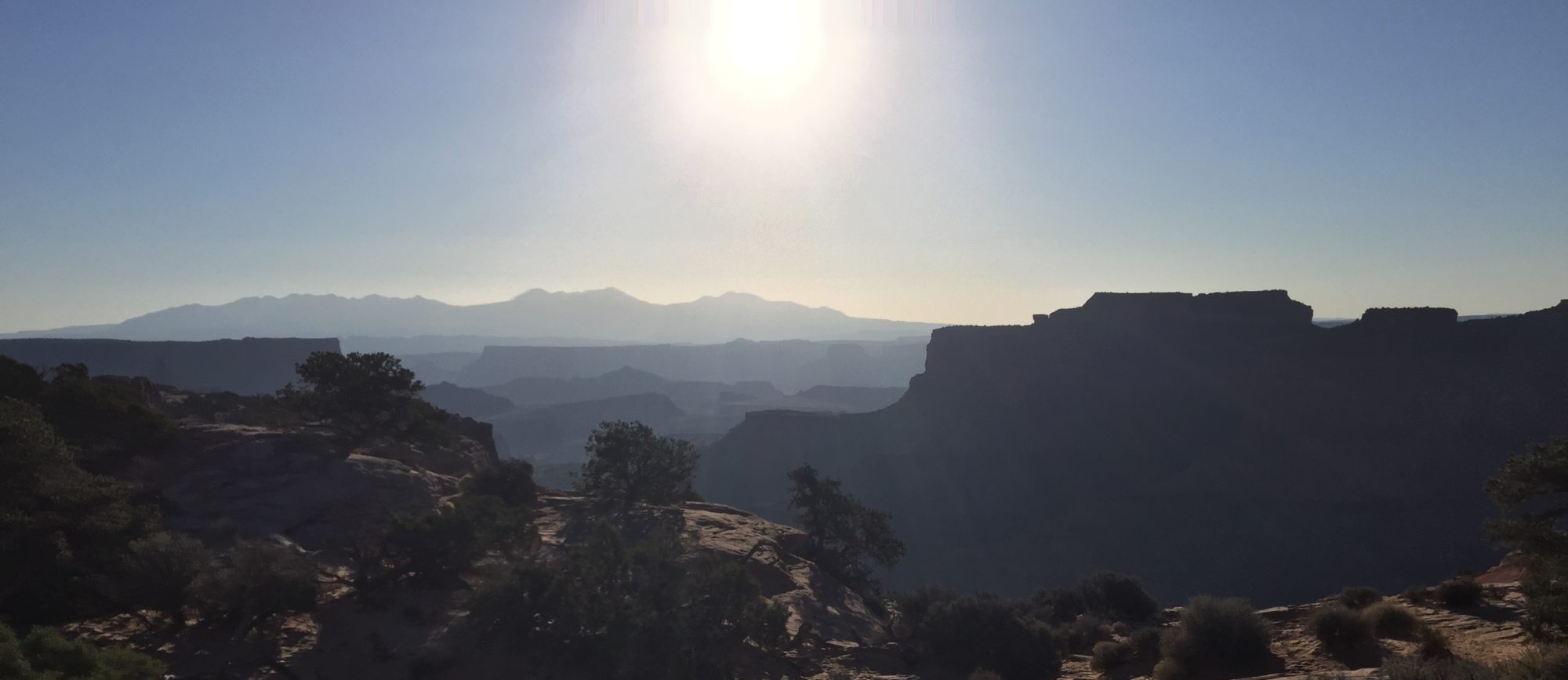The presentation went well, and I am so happy that 1) everybody was so supportive and 2) I don’t have to worry about it anymore. There were more than twenty librarians who attended, although I was too nervous to make a full headcount. They were pulling in chairs so that everyone fit in the room! Although I was nervous initially, it helped to remember that I was as much of a subject expert on usability as anyone there could possibly be, and that everyone wanted me to do well. The questions that people asked at the end of the presentation were all interesting, thought-provoking, and non-hostile. Since DisoverLibrary is a bit of a touchy subject at Vanderbilt, I was worried that someone might take the opportunity to vent their spleen about the site’s looks or functionality (mostly based on what it was like when it rolled out, unfortunately). However, everyone was enthusiastic about my findings.
I’m going to upload my presentation so that anyone who is interested can take a look at it. Though my usability study examined the user interface of DiscoverLibrary and not the search functionality, I think that the information I discovered could work in tandem with any future studies the libraries might conduct on the search functionality. Somebody whose name I cannot recall also wants to set up an archive of usability tests the library has done–I hope she gets back to me, because that sounds like a cool project.
